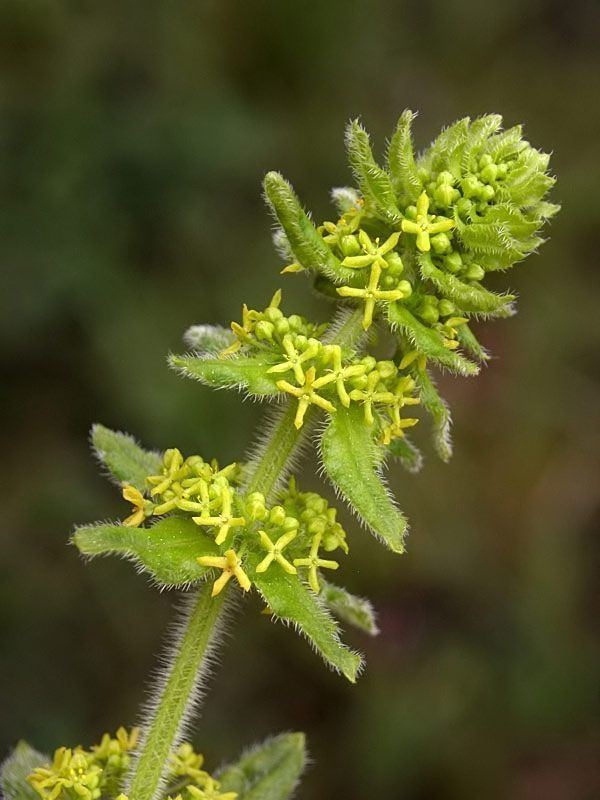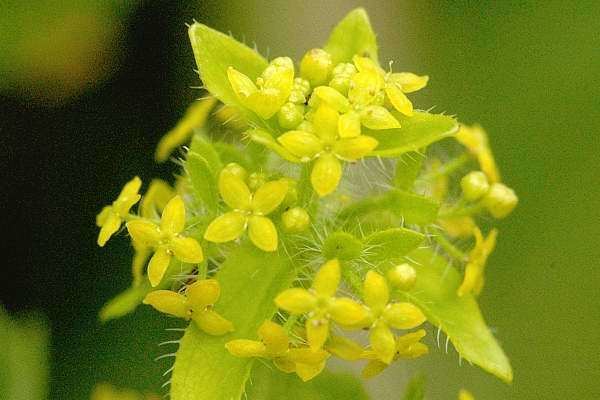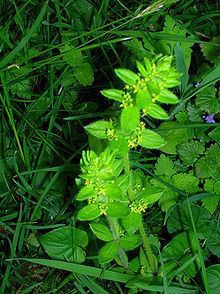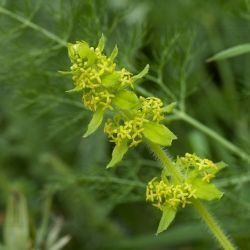Rank Species | Clade Angiosperms Higher classification Cruciata | |
 | ||
Similar Heath Bedstraw, Cleavers, Nettle‑leaved Bellflower, Herb Bennett, Cuckoo Flower | ||
Crosswort cruciata laevipes smooth bedstraw 2013 05 20
Cruciata laevipes is a species of flowering plant in the Rubiaceae family. It is commonly known as crosswort, smooth bedstraw or Luc na croise in Gaelic. The Latin epithet laevipes refers to the smooth stalk.
Contents
- Crosswort cruciata laevipes smooth bedstraw 2013 05 20
- Description
- Distribution and habitat
- Uses
- References

Description

This perennial sprawling plant can grow to a height of 15–70 cm, spreads by seeds and stolons and has, unusually amongst this group, yellow hermaphrodite flowers. The inner flowers are male and soon fall off, whilst the outer are bisexual and produce the fruit. The flowers smell of honey. Of the whorls of four leaves, only two in each group are real leaves, the other two being stipules. It is associated with arbuscular mycorrhiza that penetrate the cortical cells of the roots.
Distribution and habitat

Cruciata laevipes is found in most of Europe as well as from northern Turkey, Iran, the Caucasus, and the western Himalayas. It is also reportedly naturalized in Ontario County in New York State. Cruciata laevipes is found in meadows, road verges, riverbanks, scrub and open woodland, generally on well-drained calcareous soils.
Uses

Cruciata laevipes is little used in herbal medicine today, but it was once recommended as a remedy for rupture, rheumatism and dropsy. Bald's Leechbook recommended crosswort as a cure for headaches. In Romanian folklore, it is called sânziana and it is linked to the Sânziene fairies and their festival on June 24.
